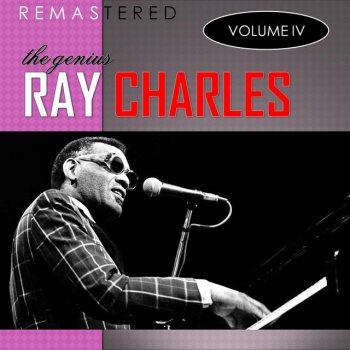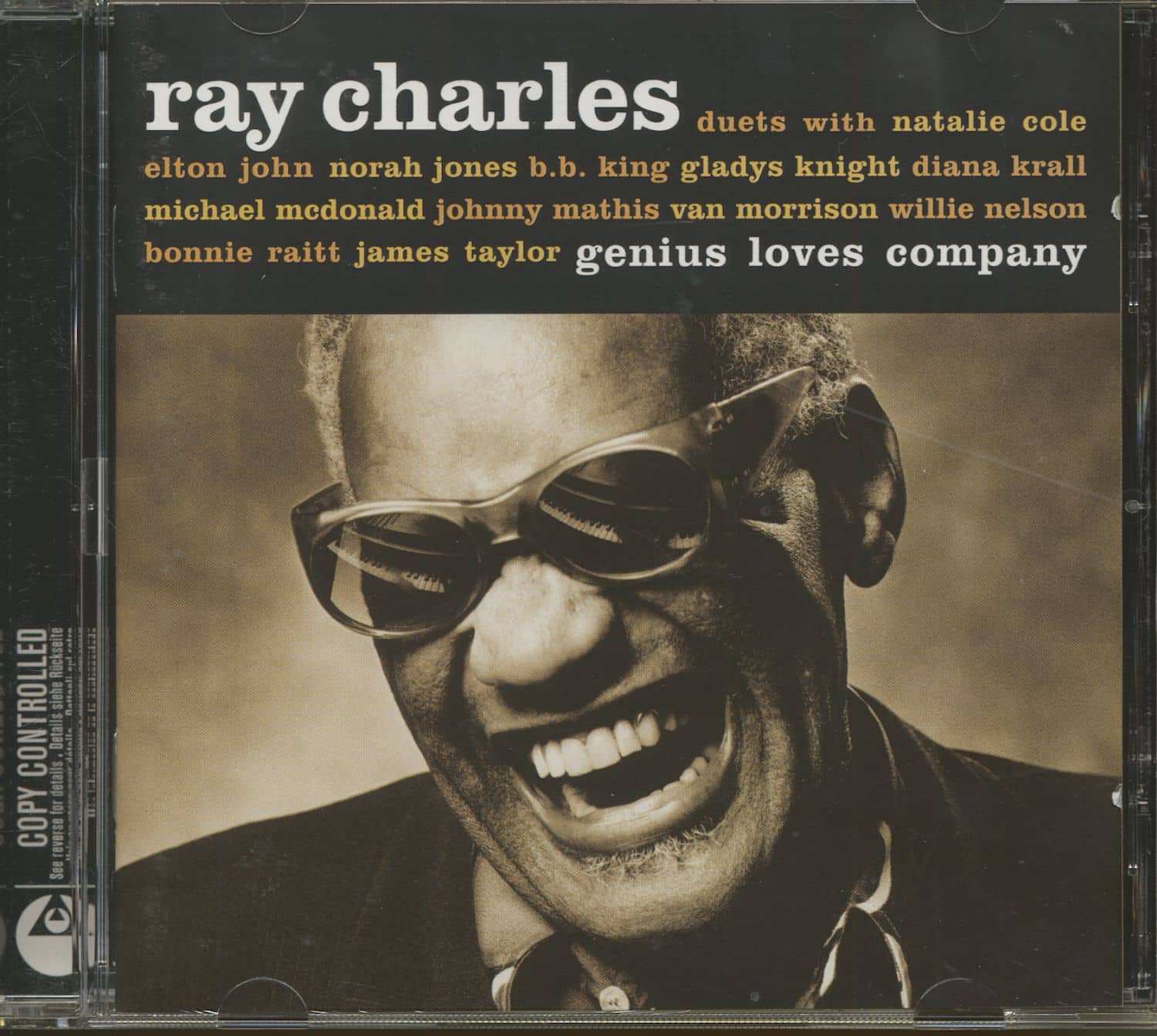

The sound is extremely harsh, exaggerating the partially hidden flaws of the original. But it is not, alas, one of all the all-time great CDs. In a retrospective review for AllMusic, music critic Scott Yanow wrote that "Charles' voice is heard throughout in peak form, giving soul to even the veteran standards." In a 1990 review of its CD reissue, Lloyd Sachs of the Chicago Sun-Times wrote that The Genius of Ray Charles is "one of the all-time great albums. He called " Am I Blue?" the album's highlight and "almost unbearably poignant, with the same feeling of deep sensibility transcending limited vocal equipment that can be heard on Walter Huston's recording of ' September Song', or Adolph Green's of 'A Quiet Girl'."

In a contemporary review, Joe Goldberg of the American Record Guide panned the arrangements as "hopelessly banal and inadequate, saved only" by the piano playing of Charles, who "comes through beautifully", and felt that only the last three songs give the album "its importance". Charles's performance of " Come Rain or Come Shine", a song identified with Frank Sinatra, brought public attention to his voice alone without the "distractions" of his soulful piano and his snappy band.Įach side contains a tribute to Louis Jordan with two songs he had hits with " Let the Good Times Roll" and " Don't Let the Sun Catch You Cryin'".Ĭritical reception Professional ratings Review scores The B side of the original album consists of six ballads with arrangements by Ralph Burns and a large string orchestra. As originally presented, the A side of the album featured the Ray Charles band with David "Fathead" Newman supplemented by players from the Count Basie and Duke Ellington bands, and arrangements by Quincy Jones. Atlantic Records gave him full support in production and arrangements. The album showcased Charles' breakout from rhythm and blues and onto a broader musical stage. Genius marked the first time he worked within the setting of a traditional pop singer - he cut six songs with a studio big band and six with a string orchestra - and it was also his first full-length foray into the standards songbook.


 0 kommentar(er)
0 kommentar(er)
